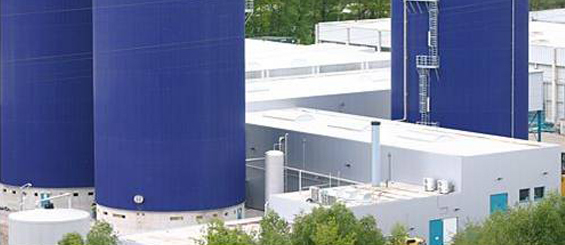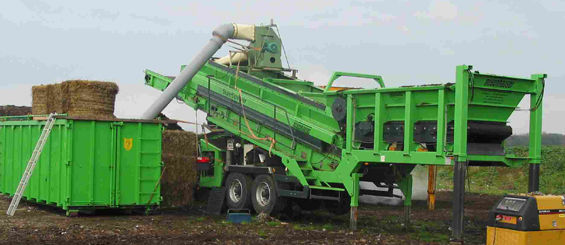AHDB develop soil health scorecard
In 2016, AHDB and BBRO funded the five-year Soil Biology and Soil Health Partnership. With its focus on soil health, one ambition was to produce a toolkit to assist with its measurement and management.
One of the first tasks was to review what could be measured and how practical it was to measure it. A broad range of indicators (physical, chemical and biological) has been assessed by the research team, including:
- Common indicators: pH, routine nutrients, bulk density and penetrometer resistance
- Less common indicators: visual evaluation of soil structure (VESS), soil organic matter/loss on ignition (LOI), respiration and earthworms
- New indicators: total nitrogen, microbial biomass carbon, potentially mineralisable nitrogen (PMN), DNA measures (e.g. of pathogens), nematodes and microarthropods
With so many soil attributes available for measurement, a simple way to bring the most relevant ones together was considered essential - enter the 'soil health scorecard'. The team has identified threshold values associated with each attribute. When the results from the various field measurements are entered into the scorecard (currently, an Excel spreadsheet), a traffic-light system flags up whether anything requires investigation (red), monitoring (yellow) or, if things are good, where no action is needed (green).
To test the approach, a network of seven experimental sites has been established. The sites represent a range of soil management histories, soil types, soil organic matter additions, pH levels, drainage statuses/structures, climatic conditions and rotations (including grass leys, cereals, sugar beet and potato production).
A 'research case study' (available on the AHDB website) has been developed for one of these sites. Five organic material treatments have been applied. These include annual applications of cattle farmyard manure (FYM), cattle slurry, green compost, green/food compost and food-based digestate. There is also a control treatment, which has received manufactured fertiliser only. Fertiliser was also applied across treatments to ensure that nutrient supply did not limit crop growth.
Initial measurements of topsoil physical, chemical and biological properties were made in October 2017 and a soil health scorecard was produced.
Full details are available here.
The main strength of the scorecard is that it breaks down the challenge of improving soil health into manageable pieces. It can focus attention and guide management interventions to improve the overall health status of the soil.





.jpg)


